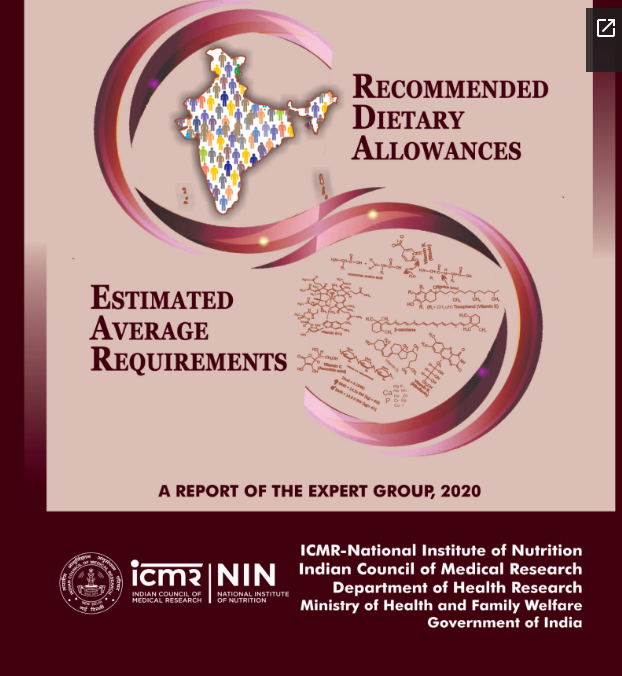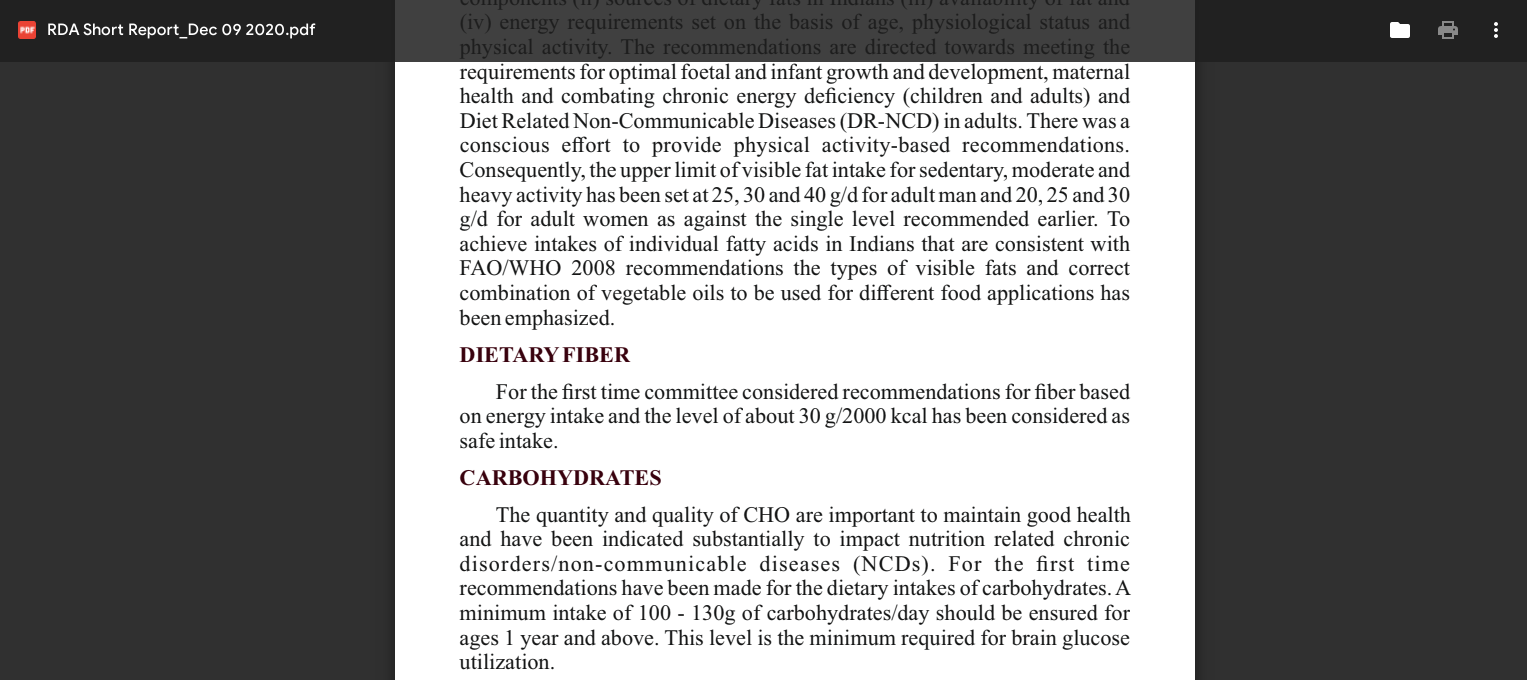LIFESTYLE DISEASES: Keeping fit for a better tomorrow
Manaevam Manushayanam Kdranam Bandha Mokshayoh”
The country has been undergoing a rapid transition in health over the past several decades – a shift from infectious diseases to non-communicable diseases (NCDs). This burden of NCDs had to be matched with appropriate response in research, and ICMR decided to set up National Centre for Disease Informatics and Research (NCDIR), Bengaluru in 2011 with the purpose of collection, analysis and reporting of etiological, clinical, epidemiological, and public health of NCDs – cancer, diabetes, cardiovascular diseases, stroke and other determinants. The ICMR National Cancer Registry Programme (NCRP), since 1982, collects and reports data in cancer incidence, burden and trends. Additionally, registries on stroke and heart failure have also been initiated in 2017 along with a national survey on NCD risk factors. NCDIR functions in a disease informatics hub for non-communicable diseases to inform policy, programme and decision-making.
CHANGING HEALTH SCENARIO IN INDIA
ICMR along with Public Health Foundation of India (PHFI) and Institute for Health Metrics & Evaluation (IHME) published state-level disease burden reports mapping the pattern of disease burden during 1990 to 2016 which showed the rising burden due to non-communicable diseases. Over the past century, India has transitioned from an era dominated by disease burden attributed to infectious diseases, childhood and maternal deaths to an era of lifestyle disease-related chronic diseases – Non-communicable Diseases (NCDs). In 2017, India witnessed 61.8 per cent deaths due to non-communicable diseases. These are a group of chronic diseases which begin in early phase of life and continue to progress if not appropriately intervened over the span of life leading to sickness and untimely death. NCDs majorly refers to cancers, diabetes, hypertension, cardiovascular diseases, mental health and others. They are together governed by a cluster of risk factors and their determinants, like tobacco and alcohol use, unhealthy diet, lack of physical activity, overweight & obesity, pollution (air, water and soil) and stress. As can be seen, most of them are human behaviour-driven and can be prevented at individual, family and societal levels. Over the decades, we are witnessing a narrowing of the gap between urban and rural health profiles due to NCDs. Thus, with the unfinished agenda of health, India faces a triple burden of health to deal with (infectious, NCDs and injuries). Elements adding to the escalation of burden due to NCDs include increasing life expectancy, affluence, industrialization and globalization.
GANDHIJI’S VIEWPOINTS FOR LIFESTYLE DISEASES
In Young India, August 8, 1929, Gandhiji wrote:
“Instead of using the body as a temple of God we use it as a vehicle for indulgences, and are not ashamed to run to medical men for help in our effort to increase them and abuse the earthly tabernacle.”
The above statement very well summarizes the occurrence of lifestyle related NCDs – neglect of prevention, indulgence in excesses and then seeking medical assistance to cure diseases! Mahatma Gandhi led an extremely simple and altruistic way of life, setting an ideal example for every one of us to remain healthy. Not just his reasoning of truth and
peacefulness has motivated us all over the world, but his lessons keep on inspiring us to lead a healthy way of life.
His words remind us every day,
“It is Health that is real Wealth and not pieces of gold and silver.”
While jailed in the Aga Khan Palace at Poona between 1942–44 he wrote the book Key to Health, which has covered different parts of well-being including the human body, air, water, nourishment, brahmacharya, tea, coffee and cocoa, intoxicants, opium and tobacco – all very relevant NCD risk factors. He hoped that any individual would have the genuine key to open the entryways, driving him to great well-being. He won’t have to visit specialists or vaidyas.
In this chapter it would be befitting to align our thoughts with Gandhiji’s philosophy as relevant to NCDs and their risk factors.
Appropriate diet
“The body was never meant to be treated as a refuse bin, holding all the foods that the palate demands.”
The rise in obesity amongst adults and children in the country is propelled by over-consumption of food high in fats, carbohydrates and salt, and thus seeks our immediate attention to limit its damages due to diabetes, heart diseases, cancers, etc. It’s estimated that there are 19 per cent overweight men and 21 per cent women and, 2 per cent overweight and obese children in the country. In his book Diet and Diet Reforms, Gandhiji’s enthusiasm for nutrition emerged mostly from his anxiety for people around him. A productive method to help nature do this and keep the body in well-being was through an appropriate eating regimen. He thus became involved in research about diet.
He has spelt out his views on taking a balanced diet which has the right amount of fats, carbohydrates, proteins, salt and sugar. Through different phases of his life, he tried different things with different weight control plans and rehearsed self-limit. He picked food he discovered fortifying and surrendered those nourishments that made him powerless. He promoted fasting to provide the body an opportunity to detox, cleanse the stomach, use up sources of nutrition like fat, and help in coping with any infection that might be present.
Physical activity
“Today I know that physical training should have as much place in the curriculum as mental training.”
The Story of my Experiments with Truth (1929)
Fast-paced industrialization and globalization have reduced physical activity levels and is making us lead an increasingly sedentary lifestyle. The physically inactive adult population was found to be 54.4 per cent, with 65 per cent in urban areas, and women more than men. Gandhiji himself was a very active person undertaking frequent long marches for the freedom struggle and always found time in his busy schedule for his regular morning walks. The Dandi March set him out, solo, on a 390 km walk protesting the tax on salt, and was joined by 10,000 followers. He regained his physical strength by resting for 4–5 hours per night.
Tobacco and alcohol use
“Tobacco has created havoc for mankind.”
“Those who take to drinking, ruin themselves and their people.”
– Key to Health (1948)
Tobacco use contributed to nearly 5.9 per cent of NCDs and about 30 per cent of all cancers in India. Alcohol use is 29 per cent among men and 1 per cent among women. The youth of the country is attracted to these addictions which have grave health as well as societal consequences. Gandhiji preached self-restraint from tobacco and alcohol as addictive behaviours as they are intoxicants
Air and environmental pollution
“Air, water and grains are the three chief kinds of food. Air is free to all, but, if it is polluted, it harms our health. Doctors say that bad air is more harmful than bad water. Inhalation of bad air is harmful by itself and this is the reason we [sometimes] need change of air.”
– Ahmedabad meeting on January 1, 1918
PRESENT EFFORTS TO TACKLE LIFESTYLE DISEASES
The interventions for NCDs and their risk factors today focus on health promotion, prevention, treatment and rehabilitation. Policy interventions can help in reducing exposure to behavioural risk factors. Additionally, it is indispensable to provide an enabling environment so that individuals can support their modified lifestyle. The National Programme for Prevention and Control of Diabetes, Cardiovascular Diseases, Cancer and Stroke (NPCDCS) emphasizes the above approach. India has committed to achieve the WHO global NCD targets by 2025 and the Sustainable Development Goals by 2030.
The changing health scenarios in India are driven by the risk factors and exposure to vectors. Even though the life expectancy has increased to 76 years, life today is burdened by lifestyle-related chronic NCDs. ICMR-NCDIR, through its research programmes, measures and monitors major NCDs and NCD risk factors towards developing appropriate interventions and measurement of their impact.
Gandhiji promoted a healthy lifestyle, and also proposed few cures for basic sicknesses in his book Guide to Health. Many of his hypotheses on health were revolutionary then and are valid today also. Gandhian ideas give an intriguing, and ideally successful end towards the NCD epidemic.
Perhaps the facts contained in this chapter can fill in as motivation for an extensive battle against NCDs. As citizens of this country we must strive to follow the Gandhian principles of healthy living
credit :- https://www.ncbi.nlm.nih.gov/pmc/articles/PMC6515727/
NUTRIENT REQUIREMENT FOR INDIANS


